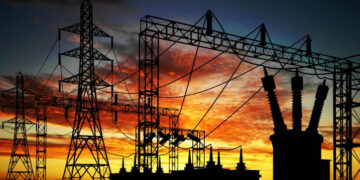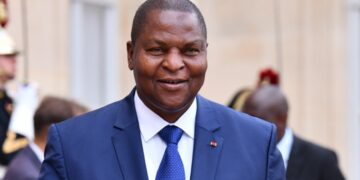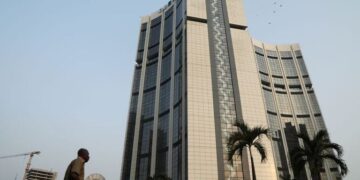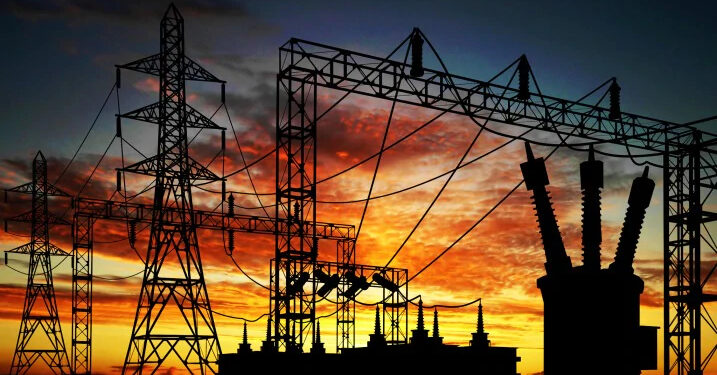By John Ikani
A new report from the International Energy Agency (IEA) reveals that about 80% of the global population without electricity resides in sub-Saharan Africa, particularly Nigeria, despite a modest decline in the number of people lacking power. Over the past year, the figure of those without electricity has dropped from more than 760 million to just under 750 million, showing some progress.
The IEA, established in 1974, tracks energy markets and offers policy guidance to its 31 member countries and 13 associate countries. While progress is being made, the report predicts that the number of people without electricity could decrease by another 10 million in 2024, continuing the slow but steady trend toward improved access.
However, Nigeria still faces significant challenges. The country’s electricity supply is about 5,000 megawatts, far below the demand of 20,000 megawatts. Additional obstacles include inefficiencies in distribution networks, lack of proper metering, insufficient investment, an estimated $10 billion funding gap, corruption, and shortages in gas supply for power plants.
Despite these difficulties, the global pace of improvement remains slower than before 2020. Between 2015 and 2019, the number of people without access to electricity fell by an average of 80 million annually. The IEA warns that the current rate of improvement is not fast enough to meet the goal of universal electricity access by 2030. To achieve this target, the rate of progress needs to increase by a factor of ten.
While regions like Asia and Latin America are moving closer to universal electricity access, sub-Saharan Africa still faces significant gaps. The report highlights that this region is home to 80% of the world’s population without electricity, making it the most critical area for improvement.
“The most severe gap persists in sub-Saharan Africa, where 80 percent of the global population without electricity access live. After three years of backsliding, progress resumed in 2023, driven by an acceleration in grid connections, continued growth in solar-home systems deployment, and, to a lesser extent, new mini grids development.”
Even though progress has been made, over 600 million people in sub-Saharan Africa remain without access to electricity, a number higher than in 2019. The report suggests that while improvements are expected to continue in 2024, the region’s overall figures may still be slightly worse than in 2019 by the year’s end. However, the number of new electricity connections in sub-Saharan Africa surged in 2023, increasing by 60% compared to the previous year.
Countries with strong records of expanding electricity access, such as Nigeria, Ghana, and Uganda, have made significant strides in connecting more people to the grid. The number of new grid connections in these countries has more than doubled since 2020, surpassing pre-crisis levels in many cases. Despite this, sub-Saharan Africa remains far behind its previous rate of progress, with over 40% of the population still not connected to the grid.
The growth of mini-grids has also helped expand electricity access, with decentralized solutions now serving 7% of the population in the region. In 2021, around 27 million people in sub-Saharan Africa were connected to mini-grids, and countries like Nigeria and Uganda have accelerated their mini-grid deployments. The IEA projects this trend will continue, potentially reaching 3% of the population in the near future.
Although eastern Africa has seen a slight decrease in mini-grid sales, countries in western and southern Africa, especially Nigeria, have experienced substantial growth in mini-grid installations. Despite these positive developments, the IEA emphasizes that greater financial investments are necessary to accelerate global energy access.
“Progress remains far behind the levels required in most countries to reach universal access by 2030, and without further action around 645 million people will still lack access globally by the end of the decade. New measures and innovations have recently improved the long-term outlook compared to previous years, with around one-third of the population without access living in a country that recently implemented a positive change in their electricity access paradigm.”
However, numerous challenges remain, including limited access to affordable commercial finance, difficulties in securing funding for smaller projects, growing national debts, and competing demands for development assistance, which hinder the progress needed to achieve universal electricity access.


































